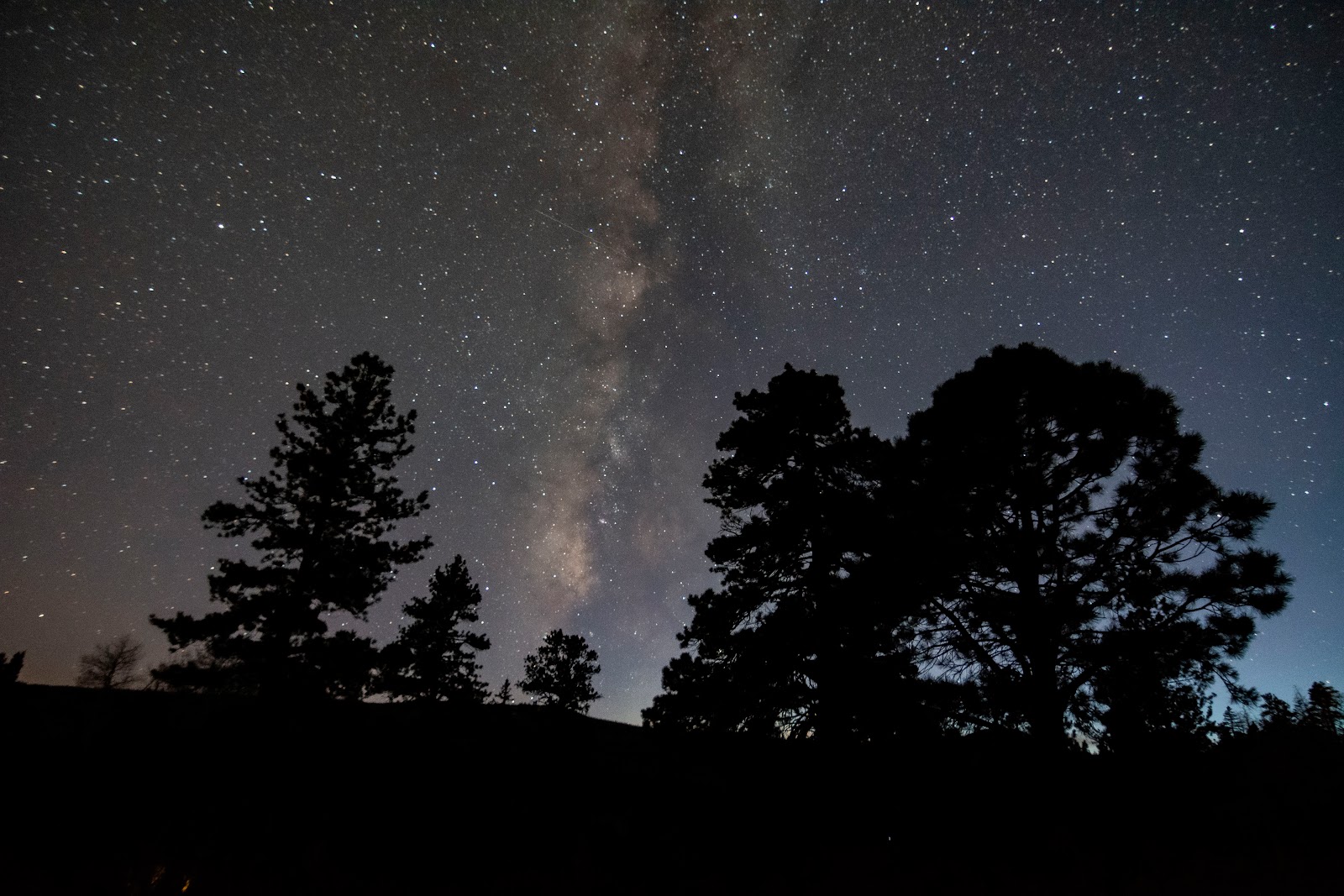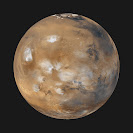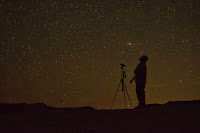Introduction
I don't even know where to begin regarding the weather in March. Utahns enjoyed warm temperatures in the 70s and snowy days during the same week. The storms presented themselves during the weekends when it's often more convenient for astronomers with full-time jobs to observe. Typical! During the week, however, I could still easily spot Jupiter and Mars with Orion and Taurus nearby. I also enjoyed watching the Moon go through its phases during the month. Of course, there was a storm during the night of the total lunar eclipse. I hope to catch the next one!
The temperatures will continue to climb over Utah during April. Indeed, there will be many more clear days to enjoy the wonders of the night sky. Venus and Saturn return for observers to enjoy during April. The Lyrid meteor shower returns as the Earth plows through the debris left by Comet Thatcher.
Mercury can be found in the morning sky during April. It will begin the month at a dim 2.77 magnitude and be challenging to spot in the Sun's glare. As the month progresses, Mercury will brighten, ending the month at magnitude 0.16. This innermost planet will reach its greatest western elongation on the 21st. Saturn will be close by on the 12th, only 2.2° separates the pair. Brilliant Venus can be found about 7° above the pair, acting as a guidepost to find the dimmer planets. The moon will be nearby on the 25th.
Venus has transitioned from the Evening Star to the Morning Star, now rising above the Rocky Mountains before sunrise. Venus is bright and will be easy to spot in the glow of dawn. However, as April progresses, Venus will climb higher in the sky and brighten until the 27th, when it reaches its peak brightness of -4.8 magnitude. Venus should be used as a guide to find dim Saturn and Mercury below, hovering just above the horizon. The Moon will pass close to Venus on the 24th.
Mars is past its prime for views through a telescope as it moves away from the Earth in its orbit around the Sun. However, the Red Planet is still easy to see in the night sky after sunset. Mars will be high in the southern sky during the beginning of April, shining brightly against the background stars of Gemini. Mars, along with the brightest stars of Gemini, Castor and Pollux, will form a line in the sky on the 10th. By the 12th, Mars will leave Gemini and float over to the neighboring constellation, Cancer. This constellation is home to one of my favorite open star clusters, M44, the Beehive Cluster. By the end of the Month, Mars will be just 2° away from M44. In early May, Mars will pass between the Earth and the Beehive Cluster, a spectacular event for astrophotographers and visual astronomers alike. The Moon will pass by on the 5th.
Jupiter will continue to be a great observing target during early April. As the month progresses, sunset will occur later, limiting the observing time of this gas giant. Jupiter will reside in Taurus during April, sharing the sky with some great DSOs like the Pleiades and Hyades star clusters. Several Galilean Moon transits can be viewed throughout the month, so be sure to check out the Moons of Jupiter & Saturn app for Android or JupiterMoons for Apple devices. The Great Red Spot may also be seen at specific times depending on the observers' location, and the resources mentioned above can also be helpful. An observer will need a four-inch (100 mm) or larger telescope to view the transits and the Great Red Spot. The Earth's own moon will pass close to this gas giant on the 2nd and 30th.
Saturn is trying to outrun the Sun during April. The Ringed Planet gets off to a slow start at the beginning of the month, rising less than an hour before the Sun. Saturn is dim and will be lost in the glow of the rising Sun. Observers should watch the eastern horizon before sunrise on the 12th, when Saturn and Mercury can be found hugging the horizon below Venus. Views of Saturn will improve throughout the month as it rises earlier each morning. Telescope views of Saturn will reveal the rings as a thin line, as the ring plane is nearly perpendicular with the Earth. The Moon will be nearby on the 24th.
Uranus can be found close to the Pleiades again this month. Early April will be the best time to view this ice giant as the daylight hours increase. By the end of the month, Uranus will be lost in the sunset glow. This ice giant can be found about 9° below the Pleiades.
Neptune returns to the morning sky by the end of April. However, due to its distance from the Earth and its dim glow, it will likely be too hard to spot against the light of the rising Sun.

Lyrid Meteor Shower
The Lyrid Meteor Shower returns this month! While this isn't the most anticipated meteor shower of the year, the Lyrids provide a great opportunity for observers to get back out under the stars. This shower will peak on the 22nd under a dark sky until Moonrise around 4:00 AM. On the peak date, the Lyrids will produce approximately 20 meteors per hour. This shower is produced by Comet Thatcher, a comet with a 416-year orbit around the Sun.
In addition to the Lyrid Meteor Shower, observers should look for the northern lights. The Sun is still active and will continue to be so throughout the year. Observers should also watch the constellation Corona Borealis. Astronomers are still waiting for the Blaze Star to go nova, and with the warming temperatures of Spring, this is an ideal time to keep watch. Corona Borealis will rise in the East as the Sun sinks below the opposite horizon.
 |
Monthly Breakdown
April 01: Moon passes within 5° of Uranus
April 02: Moon passes within 6° of Jupiter
April 04: First Quarter Moon 🌓
April 05: Moon passes within 2° of Mars
April 12: Full Moon 🌕
April 20: Last Quarter Moon🌗
April 21: Mercury reaches greatest western elongation
April 22: Lyrid Meteor Shower peaks
April 24: Moon passes within 2° of Venus
April 24: Moon passes within 2° of Saturn
April 25: Moon passes within 4° of Mercury
April 27: Venus reaches magnitude -4.8
April 27: New Moon 🌑April 28: Venus and Saturn within 4°April 28: Moon passes within 5° of UranusApril 30: Moon passes within 5° of Jupiter









